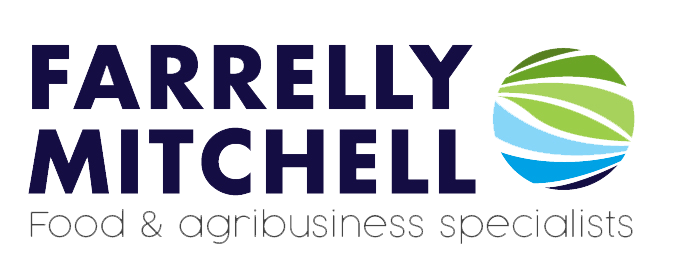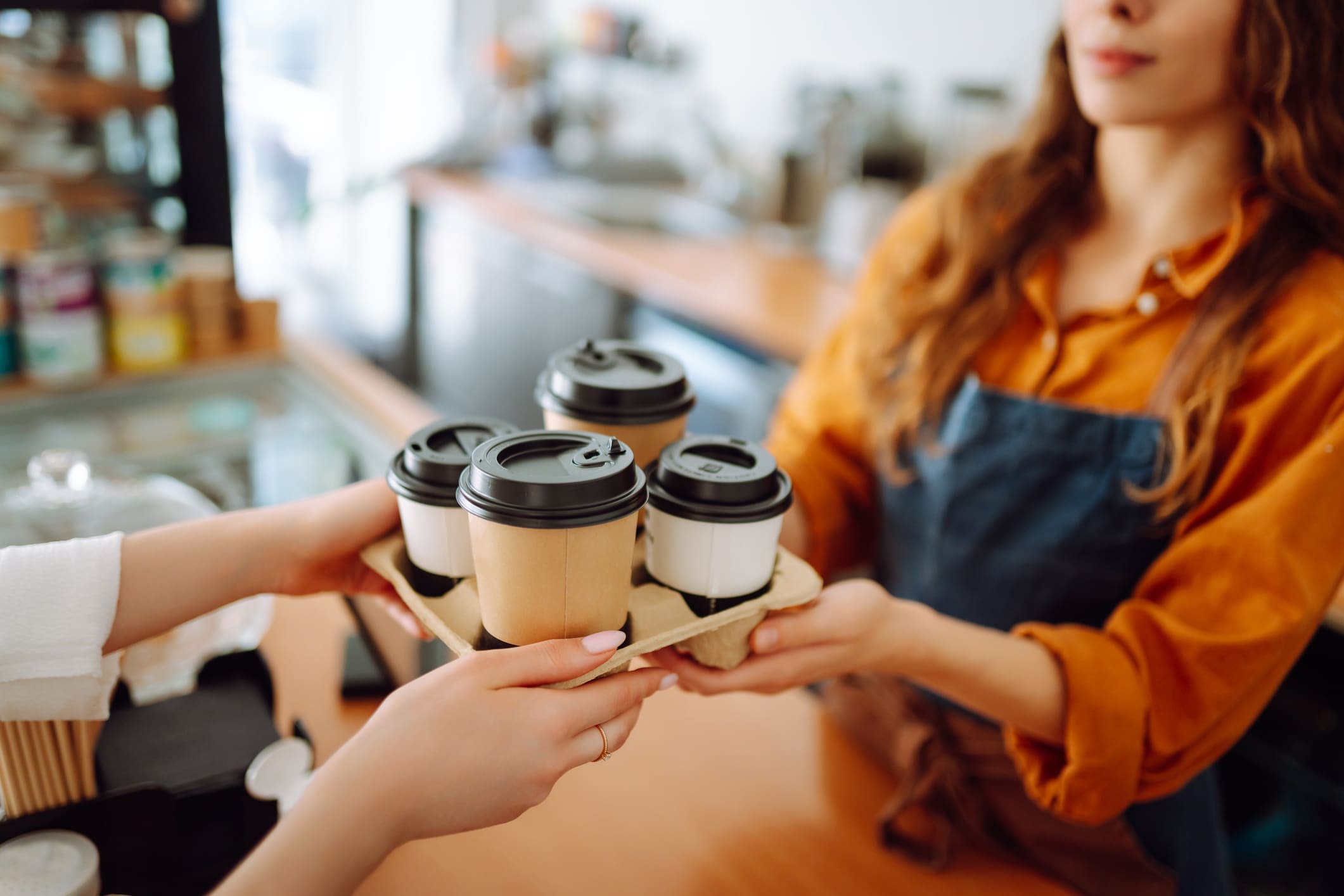Waste generated by the food and beverage industry contributes significantly to environmental degradation. Globally, nearly 1 billion tonnes of food is wasted each year, and food waste is responsible for 8-10% of global GHG emissions. As the volume of waste and its consequences escalate, effective waste management in the food and beverage industry will be crucial, not only for reducing the sector’s environmental footprint, but also for ensuring its long-term profitability and sustainability.
This article outlines the biggest challenges impacting waste management in the food and beverage industry, the root causes of waste within this sector, and what waste management strategies are proving to be most effective.
Most common types of waste in the food and beverage industry
Waste in the food and beverage industry is endemic with far-reaching environmental consequences. The disproportionately large amount of food and packaging waste that accumulates in landfills and waterways, coupled with the sector’s highly water-intensive nature, means this industry will have an important part to play in combating the ongoing environmental crisis.
Food waste
Food waste occurs throughout the supply chain. For instance, agricultural produce can be rejected at source, due to cosmetic or quality control standards, or during storage and transportation, where it is frequently damaged or spoiled.
Later, at a retail level, food may be discarded for any number of reasons including inaccurate demand forecasting, inventory mismanagement, or the need to dispose of unsold food nearing its expiration date. Additionally, food manufacturers and service establishments often contribute to waste during the processing and preparation stages, where significant amounts of food or byproducts are discarded.
Packaging waste
The food and beverage industry also generates a significant amount of packaging waste. While packaging is necessary to protect and preserve food and beverages, the amount of packaging waste that is generated by the food and beverage industry is enormous. For instance, it is estimated that food packaging materials make up almost half of all municipal solid waste in the USA.
Food packaging also has a detrimental effect on the world’s oceans, with single-use bottles, food wrappers, take-away food containers, disposable cups, and single-use straws and cutlery accounting for 35% of the litter found in marine ecosystems.
Additionally, one of the biggest contributors to environmental degradation is PET plastic bottles, which are widely used in the beverage sector. Despite various recycling initiatives only 10% of PET bottles are recycled into food-grade products. Instead, approximately 70% of bottles are either landfilled, incinerated, or dumped. What’s more the production and disposal of PET bottles also carries a heavy carbon footprint. For every kilogram of PET produced, an estimated 2.15 kilograms of CO2 equivalent is released. In North America alone, PET bottle production accounts for approximately 2.2 million metric tons of CO2 annually, which is equivalent to the emissions of approx. half a million cars.
Water waste
The food and beverage industry is also highly water intensive and faces mounting pressure to reduce its water usage. At present, the food and beverage industry accounts for as much as 75–80% of global freshwater consumption. This is particularly concerning given the looming global water crisis, with experts within the United Nations predicting a 53% shortfall in global water supply by 2050, and a 40% global freshwater deficit as early as 2030.
Waste management strategies
One of the core concepts underpinning waste management in the food and beverage industry is the waste hierarchy. This framework outlines a prioritised approach to managing waste in a way that minimises environmental impact and maximises resource efficiency. In Europe the EU Waste Framework Directive (2008/98/EC), mandates the prioritisation of waste management options according to the hierarchy. While in the US, the Environmental Protection Agency (EPA) promotes the Food Recovery Hierarchy which follows a similar pattern. Both of these waste hierarchies are depicted as inverted pyramids, with the most preferred option at the top and the least desirable at the bottom. This visual arrangement prioritises waste prevention, placing it above the following less favourable options, reuse, recycling, recovery, and disposal.
Prevention
Waste prevention is naturally the preferred option for food and beverage businesses. This involves reducing waste generation at source, as well as throughout the supply chain. Some of the most common waste prevention strategies include lean manufacturing techniques, such as Value Stream Mapping (VSM), Just-In-Time (JIT) management, and Six Sigma. Collectively these techniques help businesses visualise the flow of materials within the production process, identify where waste occurs, minimise production defects and ultimately reduce waste at each stage of production.
Recently waste prevention has been further enhanced by advanced technologies. Increasingly, AI and smart sensors are being used to optimise stock levels, prevent overproduction, reduce food spoilage, and alert food and beverage manufacturers to potential issues before waste occurs. While further up the supply chain, these technologies are being used to reduce waste via improved harvesting techniques and enhanced crop monitoring.
Waste prevention also extends to water use and many food and beverage companies are taking steps to reduce water consumption. These steps include: Training employees on water conservation techniques, optimising clean-in-place systems and more precisely calibrating filling machines. Such initiatives have brought about notable reductions in water withdrawal, with numerous clients reporting a 20% decrease in water usage following process optimisations. In addition to this, other companies, such as Coca-Cola and PepsiCo, have gone one step further and established local watershed conservation projects and community access initiatives that aim to achieve long-term water security within neighbouring communities.
Reuse
Reusing products or materials is considered the next best option, as it extends their lifespan and avoids disposal. At the manufacturing level this often takes the form of repurposing food byproducts for animal feed, while further down the supply chain the most common examples are food retailers, restaurants and cafés redistributing surplus food to charities or food banks.
In addition to reusing surplus foods, many food and beverage manufacturers are resisting the temptation to switch to new machinery by refurbishing existing equipment. Machinery maintenance programs have proved to be particularly effective in this regard. They reduce capital expenditure, improve overall equipment effectiveness and contribute to food waste reduction. They also extend the life of machine parts and materials, preventing them from ending up in incinerators or landfills.
Recycling
Many of the food and beverage industry’s biggest players are designing their packaging with materials that can be easily recycled and are incorporating a greater proportion of recycled materials into their packaging. For example, Coca-Cola has pledged to make 100% of its packaging recyclable by 2025 and use 50 percent recycled PET resin in its bottles by 2030.
At the same time, a growing acknowledgement of the operational risks associated with the global water crisis has prompted many food and beverage companies to undertake water recycling Initiatives. Reverse osmosis and numerous other wastewater treatment options, such as ultrafiltration and nanofiltration, have become widely adopted within the food and beverage industry as producers look to recycle wastewater and improve water use efficiency.
Recovery
Waste recovery typically involves extracting energy (or other resources) from waste that cannot be reused or recycled. The most common form of this happens within bioreactors. Using anaerobic digestion, numerous food and beverage companies have been able to recover energy from wastewater and organic solid waste, use this power to fuel other processes within the company. For instance, in Fort Worth, Texas, the Molson Coors Brewing Company’s on-site anaerobic waste pretreatment system supplies about 10% of the gas needed for the brewery’s steam boilers. Elsewhere, innovative enterprises are working on everything from converting coffee waste into biofuels to processing animal waste into compressed natural gas (CNG).
Disposal
Disposal is the least preferred form of waste management in the food and beverage industry as it involves discarding waste without recovering any value. Naturally, this has significant environmental drawbacks, including greenhouse gas emissions and groundwater contamination. In the United States, food waste accounts for about 22% of all municipal solid waste in its landfills. This waste costs ∼1.9 billion USD in disposal fees and contributes ∼340 million tonnes of CO2 emissions. The food and beverage industry and its associated processes account for approximately 5% of this figure.
Globally, the stakes are equally high, and the opportunities for improvement are substantial. Preventing, reusing, and otherwise valorising industrial food waste within the food and beverage industry could help mitigate approximately 190 million tonnes of CO2 equivalent greenhouse gas emissions and recover billions in lost revenue.
Future of waste management
Effective waste management in the food and beverage industry is key to reducing its environmental footprint and ensuring the sector’s long-term sustainability. Waste management inherently improves efficiency, compliance and cost reduction.
With the right technology, support, and training, food and beverage companies can significantly decrease waste generation, optimise business performance and eliminate disposal costs.
Here at Farrelly Mitchell, we fully understand the complexity of waste management in the food and beverage industry. Our team of specialists help clients to tackle waste in a systematic way. We can advise on industry standards and technological advancements, develop waste management strategies and training programmes, and equip clients with the knowledge and tools necessary to build effective waste management systems. Contact food waste experts today and discover how you could benefit from a bespoke solution that optimises your waste management processes and boosts your bottom line.














